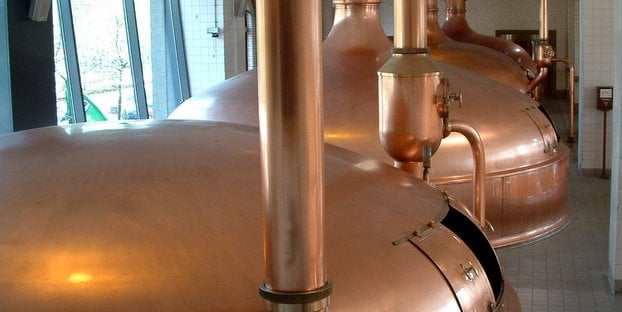
Many brewers and industry professionals are good-natured folk, but like any industry, craft beer has its fair share of professional controversy. Not the least of which is the “craft vs. crafty” debate, which has raged on for some time now. While leaders, brewers of all sizes and craft beer fans debate what exactly is “craft,” the rise of unique, handmade craft beers popularity begs the question — does size matter?
Rather than rehash the “craft vs. crafty” argument, the excellent article “Crafty marketing doesn’t make a craft beer” published by Good Food (an Australian-based publication, a definite indicator of the global craft beer popularity) takes aim specifically at the size issue and put the question “does size matter?” to brewers. Garrett Oliver, head brewer at the Brooklyn Brewery, New York, had an interesting take. From Good Food:
“[Craft beer is] a term for beer made by traditional means and brewed to create interesting, complex flavors,” he says. “It does imply that you are talking about a relatively small and independent brewery. That stipulation has been part and parcel of the whole movement … up until now, the only people who were really interested in making these beers were us [smaller, independent breweries].”
…
“Real beer is made by people, not by machines,” he says. “Nobody knows the names of any of the brewers at the big breweries. Even their top distributors don’t know their names. The brands, the beers are divorced from people.“The difference with craft beer is that when you’re talking about a brewery, you know whose beer that is. It’s a very personal thing.”
Clearly, the market for craft beer can handle the influx of start-up breweries and the growth of established craft breweries, but what happens to the industry’s identity as craft brewers reach further across the country.
The Brewers Association defines “craft beer” in size as a brewery with an annual production of 6 million barrels (bbls) or less. To give that some perspective — Sierra Nevada Brewing Co. produced just under 1 million bbls last year, according to Communications Manager Ryan Arnold, and Dogfish Head Craft Brewery reported that it’s on track for a 2013 projection for 202,000 barrels (bbls) sold. Clearly there is room for many brewers to grow and still remain under the 6 million bbl Brewers Association statute. But what about the Craft Brew Alliance? Is it wrong for a craft brewer to dream big? Does a larger brewery with a bigger marketing budget automatically mean the beer is less personal?
If the latest craft beer consumer stats are any indication — craft beer is here to stay. But what that means for the “craft” term in the long run is anyone’s guess at this point.

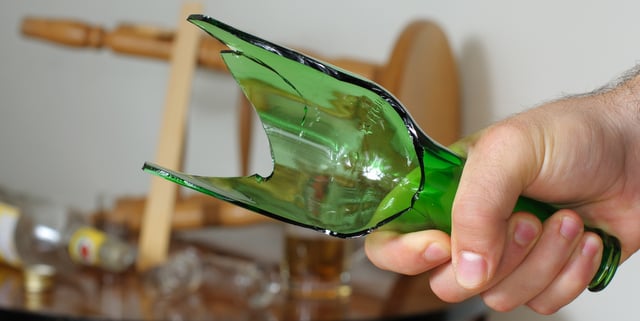
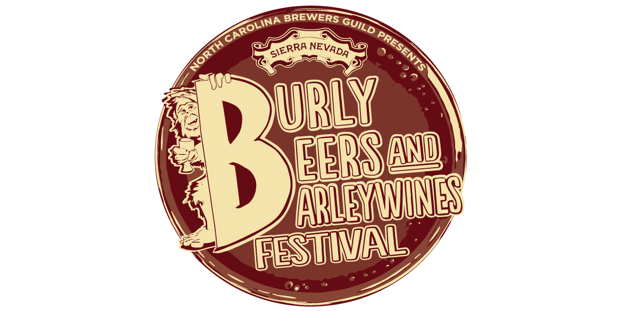
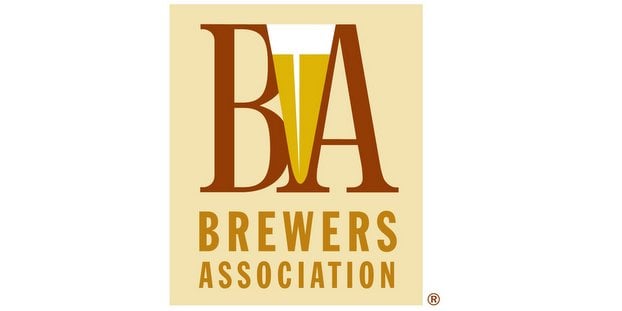
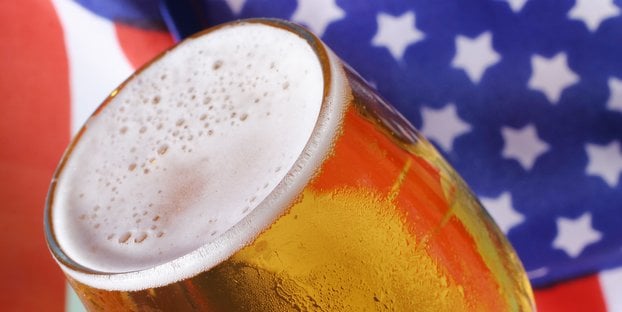
RT @KateDeShiell: RT @craftbrewingbiz: How big can #craftbeer be? Is it wrong for a craft brewer to dream big? http://t.co/iSMBOShvZA @COCr…
RT @CraftBrewingBiz: How big can craft beer be?: Is it wrong for a craft brewer to dream big? http://t.co/zvSpWkmU8T
RT @KateDeShiell: RT @craftbrewingbiz: How big can #craftbeer be? Is it wrong for a craft brewer to dream big? http://t.co/iSMBOShvZA @COCr…
RT @KateDeShiell: RT @craftbrewingbiz: How big can #craftbeer be? Is it wrong for a craft brewer to dream big? http://t.co/iSMBOShvZA @COCr…
RT @craftbrewingbiz: How big can #craftbeer be? Is it wrong for a craft brewer to dream big? http://t.co/iSMBOShvZA @COCraftBeers
RT @CraftBrewingBiz: How big can craft beer be?: Is it wrong for a craft brewer to dream big? http://t.co/zvSpWkmU8T
RT @CraftBrewingBiz: How big can craft beer be?: Is it wrong for a craft brewer to dream big? http://t.co/zvSpWkmU8T